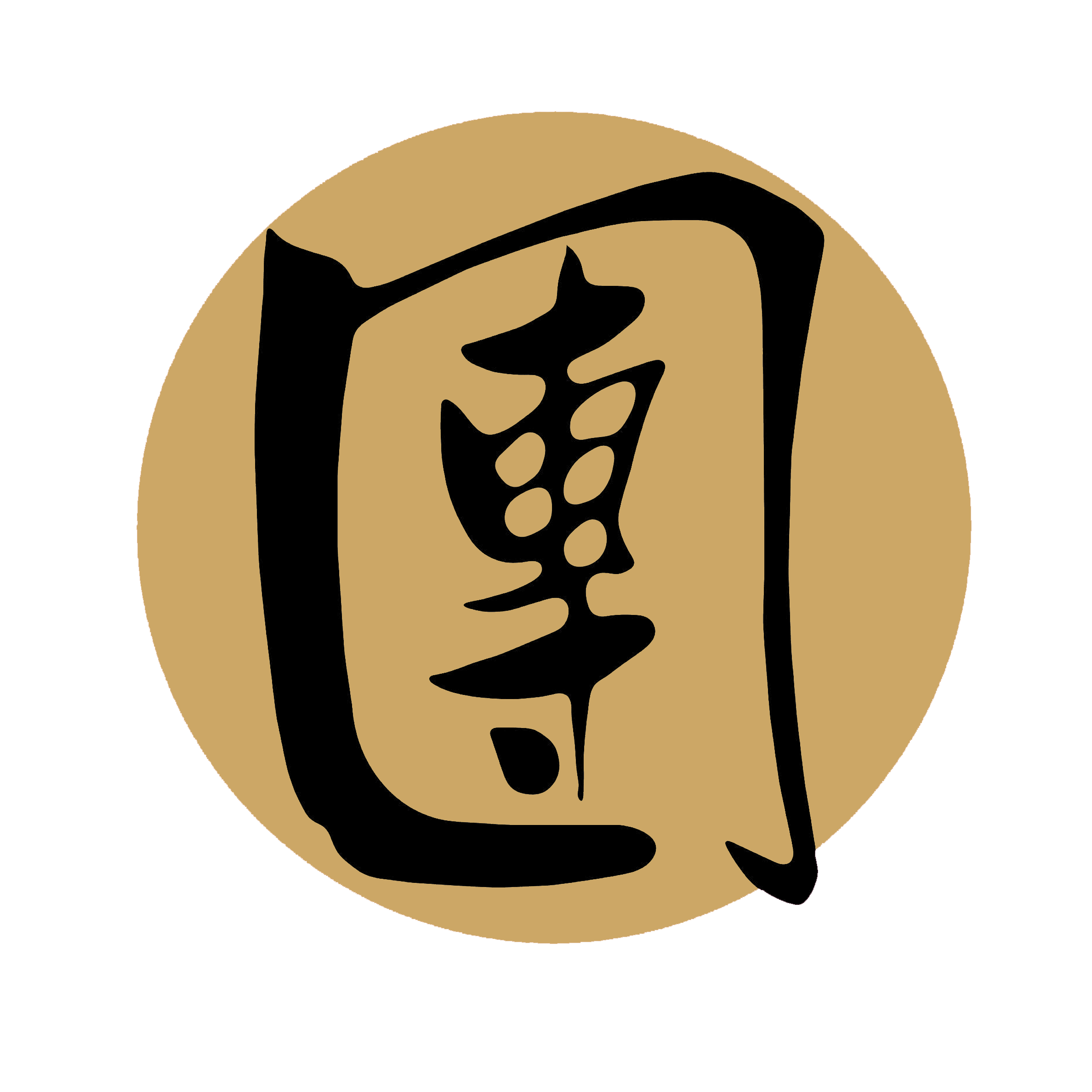45. Kum-sau: Choy Li Fut Kung Fu Technique
Kum-Sau: The Covering Hand Technique in Martial Arts
Kum-Sau, also known as the Covering Hand, is a fundamental technique in martial arts that focuses on protecting oneself while engaging with an opponent. It is a defensive maneuver designed to intercept and redirect incoming attacks, providing a solid foundation for effective counterattacks. In this article, we will explore the principles, training methods, and practical applications of Kum-Sau, shedding light on its significance in martial arts practice.
At its core, Kum-Sau involves using the hands and arms to cover and protect vulnerable targets on the body, such as the head, face, throat, and torso. The technique aims to intercept and redirect strikes by using circular or sweeping motions, effectively nullifying the impact of the incoming attack. Kum-Sau emphasizes efficiency of movement, economy of motion, and proper positioning to defend against various types of strikes, including punches, kicks, and grappling techniques.
Training in Kum-Sau focuses on developing quick reflexes, spatial awareness, and the ability to anticipate and respond to attacks in real-time. Practitioners engage in partner drills and sparring exercises, where they learn to recognize and react to incoming strikes, effectively covering and protecting themselves with well-timed and precise movements. Through consistent practice, practitioners enhance their defensive skills, allowing them to seamlessly transition from defense to offense.
The Covering Hand technique offers several variations and applications, depending on the style and system of martial arts. In some systems, Kum-Sau is executed with open palms, allowing for greater versatility in redirecting and controlling an opponent's strikes. In other systems, practitioners may employ closed fists or specific hand formations to enhance the defensive capabilities of Kum-Sau. Regardless of the specific technique or hand position used, the underlying principle remains the same – to cover and protect vital areas while maintaining readiness for counterattacks.
Beyond its defensive attributes, Kum-Sau cultivates essential qualities in practitioners, both physical and mental. The practice of Kum-Sau enhances hand-eye coordination, reflexes, and spatial awareness, as practitioners learn to react swiftly and accurately to incoming attacks. It also promotes calmness, focus, and the ability to remain composed under pressure, crucial attributes in high-stress combat situations. Moreover, the consistent practice of Kum-Sau instills discipline, perseverance, and a deep understanding of the importance of defense in martial arts.
It is important to note that Kum-Sau should not be viewed solely as a passive defensive technique. While its primary function is to protect oneself, Kum-Sau also sets the stage for effective counterattacks. By intercepting and redirecting an opponent's strikes, practitioners create openings and vulnerabilities that can be exploited with follow-up techniques. Kum-Sau seamlessly transitions from defense to offense, enabling practitioners to seize control of the engagement and turn the tide in their favor.
In conclusion, Kum-Sau, the Covering Hand technique, is a fundamental defensive maneuver in martial arts that emphasizes protection and interception of incoming attacks. Through dedicated training and practice, practitioners develop the physical attributes, technical proficiency, and mental fortitude necessary to effectively cover and protect themselves in combat situations. The versatility of Kum-Sau allows practitioners to defend against various types of strikes while setting the stage for effective counterattacks. By mastering the art of Kum-Sau, practitioners enhance their defensive capabilities, approach combat situations with confidence, and navigate the intricacies of martial arts with skill and finesse.
